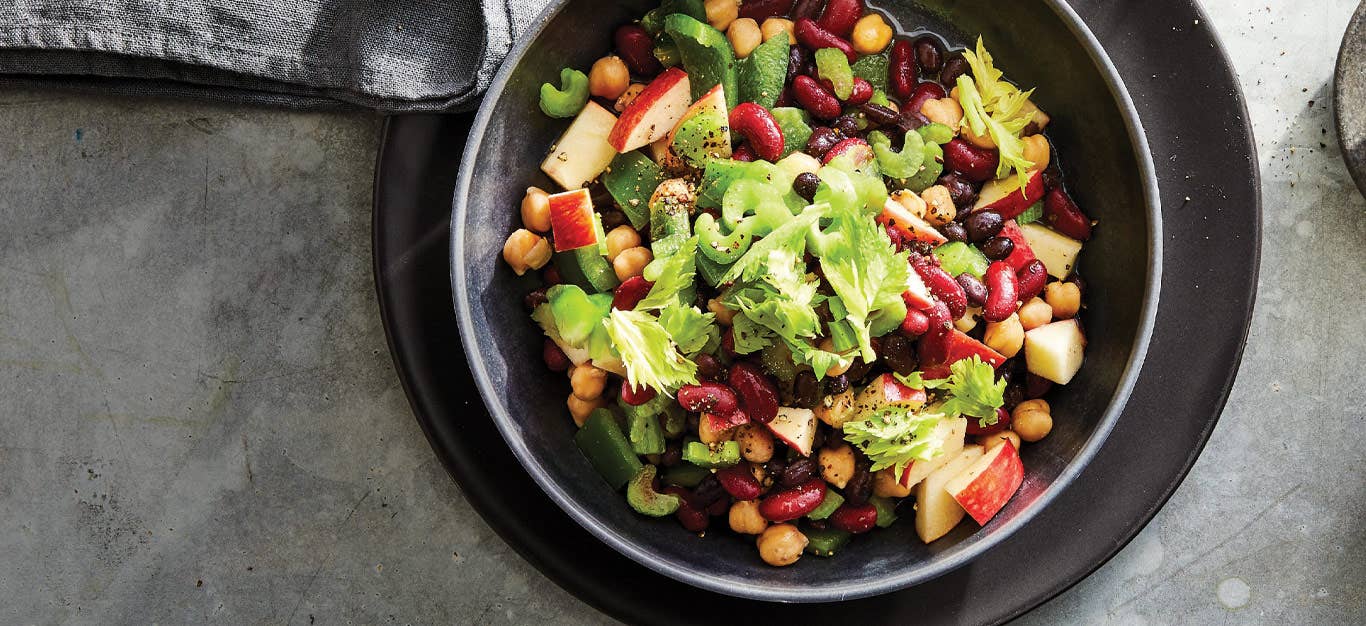How to Make Delicious Vegan Recipes Without Sacrificing Flavor
Vegan cooking has come a long way in recent years, offering a world of flavors without relying on animal-based products. Whether you’re new to plant-based eating or looking to enhance your existing vegan meals, there are numerous ways to make delicious dishes that are packed with flavor. Here are some tips to help you create mouthwatering vegan recipes that are sure to satisfy even the pickiest eaters.
1. Use Fresh, Seasonal Ingredients
One of the best ways to bring out the natural flavors in your vegan dishes is by using fresh, seasonal produce. When fruits and vegetables are in season, they are at their peak in both flavor and nutrition. Farmers' markets are great places to find fresh ingredients that will enhance the taste of your recipes.
2. Embrace Bold Herbs and Spices
Herbs and spices are essential to adding depth and complexity to your dishes. Consider using flavor-packed ingredients like garlic, ginger, turmeric, cumin, smoked paprika, or chili flakes to add an extra kick to your meals. Fresh herbs such as cilantro, basil, mint, or parsley can also elevate your dishes with their bright, aromatic flavors.
3. Get Creative with Plant-Based Substitutes
To make vegan recipes taste just as rich and satisfying as their non-vegan counterparts, experiment with plant-based substitutes. Tofu, tempeh, seitan, and chickpeas can be transformed into delicious alternatives to meat, while nutritional yeast can add a cheesy, savory flavor. Coconut milk, almond milk, or cashew cream are great for creating creamy textures in soups, curries, and sauces.
4. Incorporate Umami-Flavored Ingredients
Umami, the savory “fifth taste,” is an essential element of flavor that many people crave. Fortunately, there are plenty of plant-based ingredients that provide that rich, deep flavor. Miso, soy sauce, tamari, nutritional yeast, and mushrooms (especially shiitake or portobello) are all excellent sources of umami. Incorporating these ingredients into your dishes can bring a satisfying and robust flavor to your meals.
5. Experiment with Cooking Techniques
The way you cook your food can dramatically influence its flavor. Roasting vegetables, for example, caramelizes their natural sugars, intensifying their flavor. Grilling or pan-searing tofu and tempeh adds a smoky, crispy texture that is satisfying. Don’t be afraid to experiment with different cooking methods to discover new tastes and textures in your meals.
6. Sweet and Savory Pairings
Don’t shy away from incorporating sweet ingredients into your savory dishes. A little touch of sweetness can balance out rich flavors and add complexity. Ingredients like maple syrup, coconut sugar, or fresh fruit can be used to enhance the taste of sauces, dressings, or stir-fries. For example, adding a bit of maple syrup to a balsamic glaze can create a deliciously sweet and tangy sauce for roasted vegetables.
7. Build Flavor with Stocks and Sauces
Stocks and sauces are essential components in any kitchen for boosting flavor. Use vegetable broth as a base for soups, stews, and risottos, or create your own homemade stock to have on hand. For sauces, experiment with making your own vegan pesto, tahini dressing, or tomato sauce. These sauces not only bring in more flavor but can also help tie together various components of your dishes.
8. Focus on Texture
Texture plays a big role in how enjoyable a dish is. Incorporate a variety of textures into your meals by using ingredients that contrast with one another. Pair crunchy roasted nuts with smooth avocado, or pair creamy mashed potatoes with crisp sautéed vegetables. By combining different textures, you create a more dynamic eating experience.
9. Add Fermented Foods
Fermented foods are not only good for gut health but also for enhancing flavor. Items like kimchi, sauerkraut, pickled vegetables, and tempeh bring tangy, salty, and umami notes to dishes. Fermented ingredients can serve as great toppings for bowls, salads, and sandwiches, adding a zesty kick to your meals.
10. Don’t Forget the Acidity
Acidity helps to balance the richness of many vegan dishes. Adding a squeeze of lemon or lime juice, a splash of vinegar, or a dash of tamarind can brighten up a dish and make the flavors pop. Acidity can also help to cut through the richness of creamy sauces or stews, providing a welcome contrast that makes your dish even more delicious.
By using these strategies, you can make vegan recipes that are just as flavorful, exciting, and satisfying as any non-vegan meal. With the right ingredients, techniques, and a bit of creativity, your vegan dishes will stand out for their vibrant and bold flavors. Enjoy experimenting and discovering how delicious plant-based cooking can truly be!

